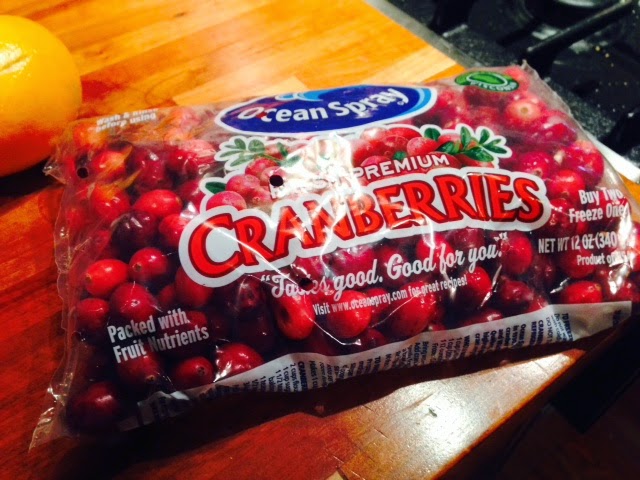Once frozen the pies don't need to be thawed before baking and can be made in any size pan, depending on the size of your family. I make both individual and family size. Larger pans may need additional oven time. My favorite pot pies are turkey. Feel free to substitute chicken, beef, lamb or pork. This recipe makes lots of pies, but can be easily halved if you don't have as many leftovers.
 |
| Saute onion, celery and carrots in butter until tender. |
 |
| Stir in flour, then add stock and half and half. Bring to a boil. Turn off heat and add turkey and peas. |
 |
| Fill pans with pot pie mixture. I like a single top crust. If you prefer, you could line the pan with pie dough before filling for a top and bottom crust. |
 |
| Top each pan with crust. Wrap tightly and freeze. Consume within six months. |
2 cups chopped onion
2 cups chopped celery
2 cups chopped carrot
2/3 cup butter
1 cup flour
4 cups turkey or chicken stock, homemade or commercial
2 cups half and half
8 cups chopped cooked turkey
2 cups frozen English peas
2 tsp salt (or to taste)
pepper to taste
Crust (recipe follows)
Saute onion, celery and carrot in butter until tender and the onion is translucent. Add flour, stirring for 1 minute. Add stock and half and half. Cook, stirring until mixture boils. Remove from heat and stir in turkey and peas. Divide among pans, top with crust, wrap tightly and freeze for up to six months.
To serve: preheat oven to 400 degrees. Place frozen pot pie on a baking sheet and bake, uncovered for one hour. Let cool for five minutes before serving.
Crust
Note: This recipe makes enough for top crust. Double if you prefer a top and bottom crust.
3 cups all purpose flour
1 1/2 tsp salt
1 cup shortening plus 2 Tbs lard or shortening
1/4 cup water (more or less)
Combine flour and salt in a large bowl. Cut in fat until mixture resembles coarse crumbs. Add enough water, mixing with a fork, until crust comes together in a ball. Roll on a lightly floured surface about 1/8 inch thick. Top pot pies with dough. For best results, refrigerate dough for 1 hour before rolling.





























